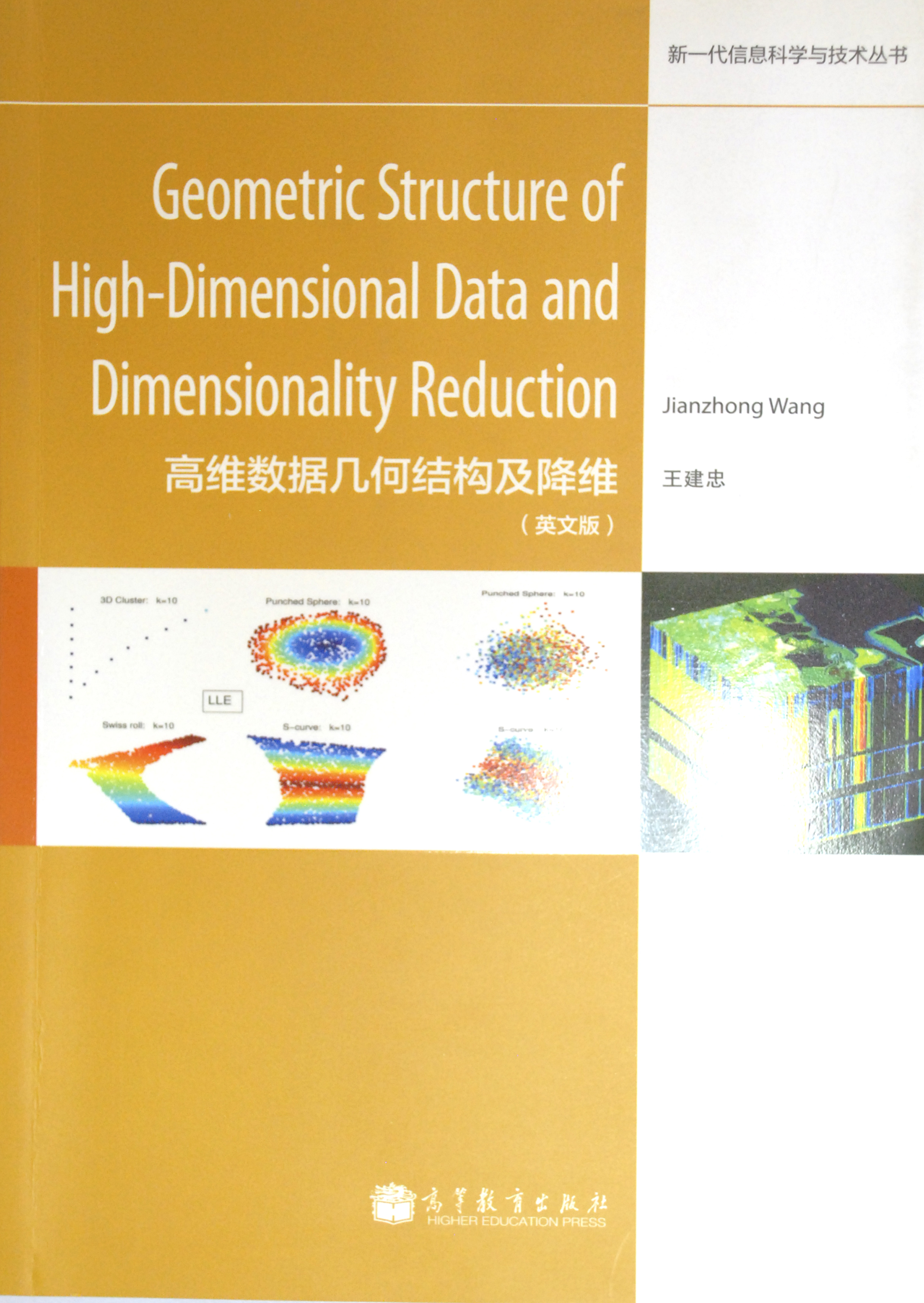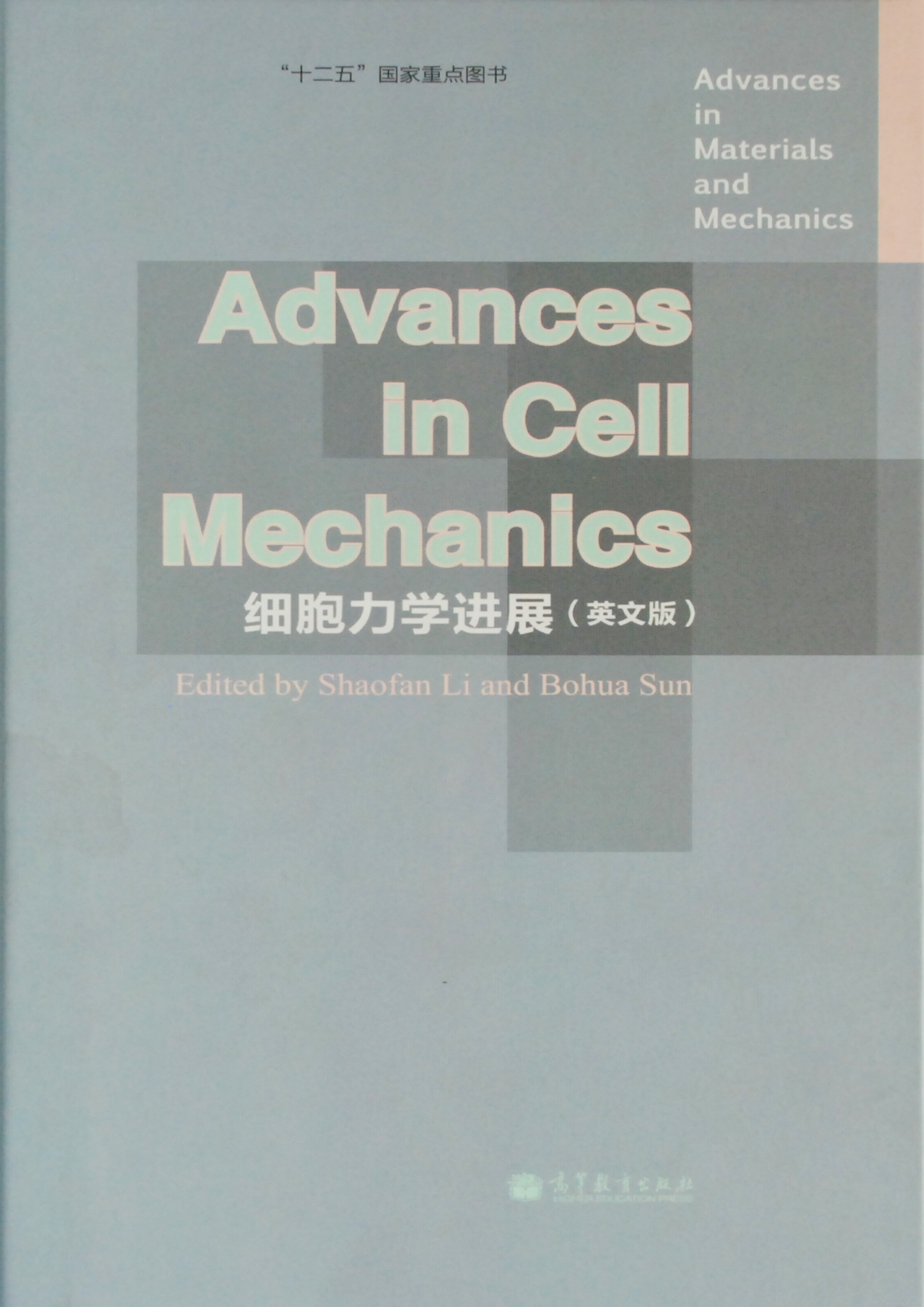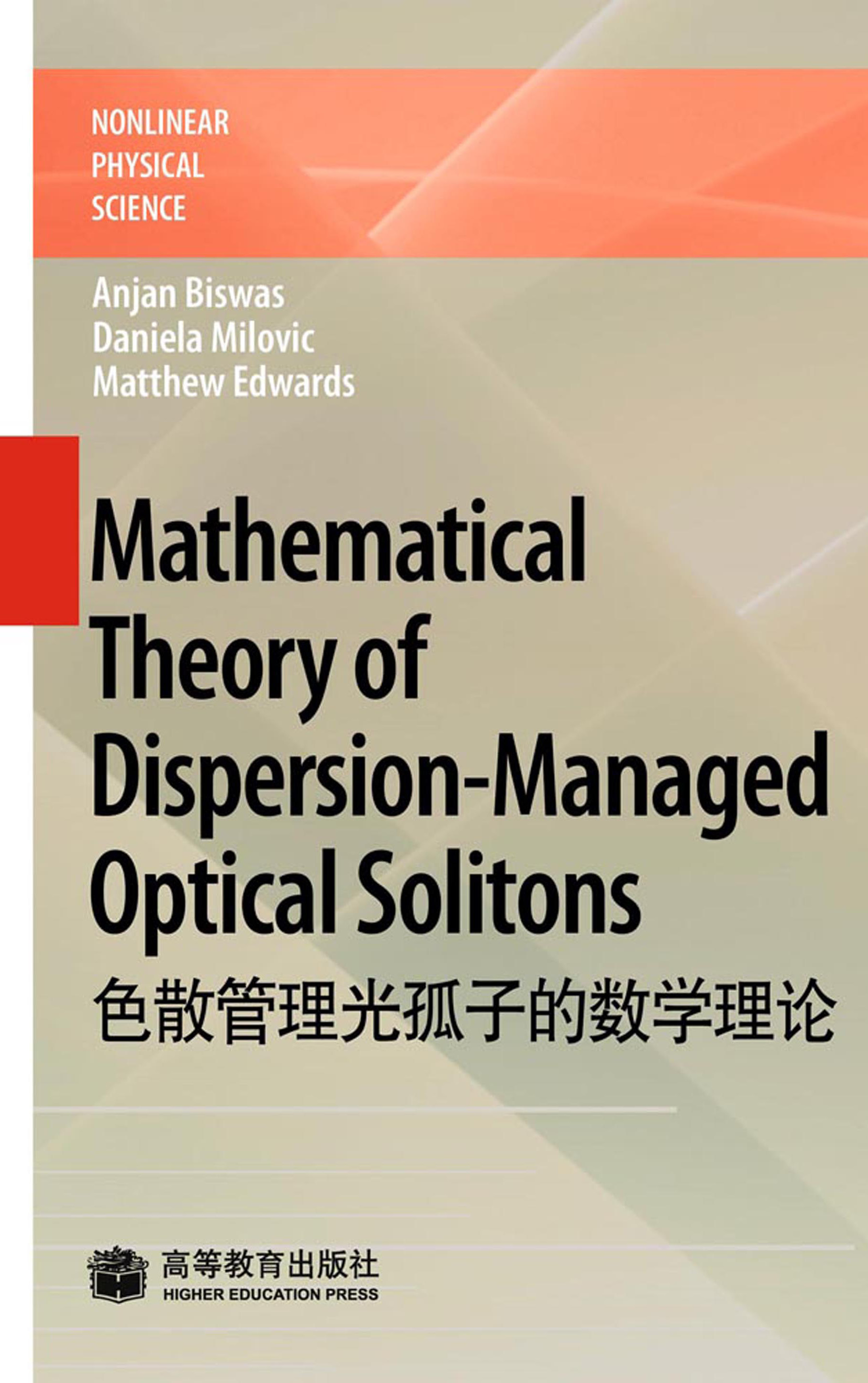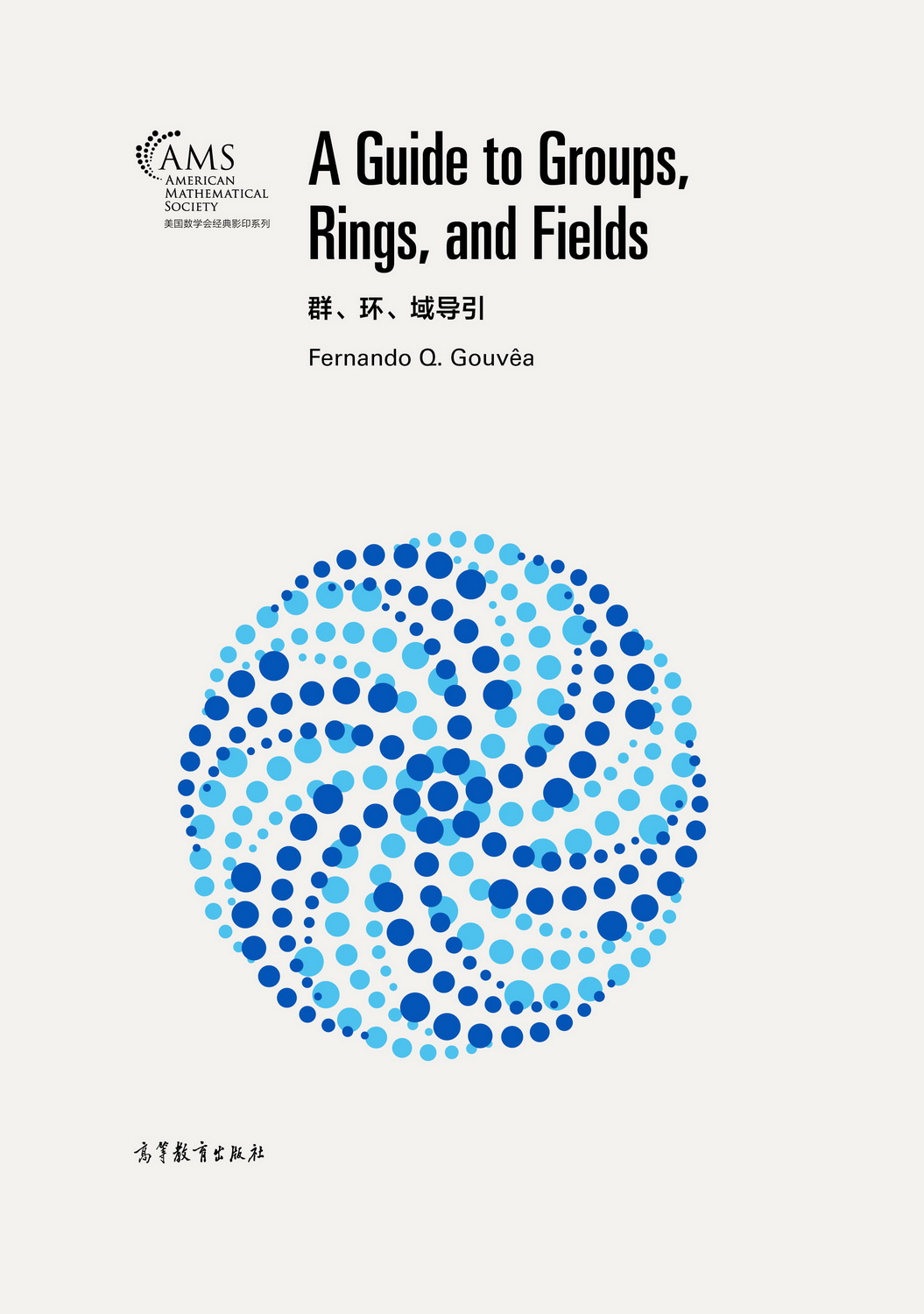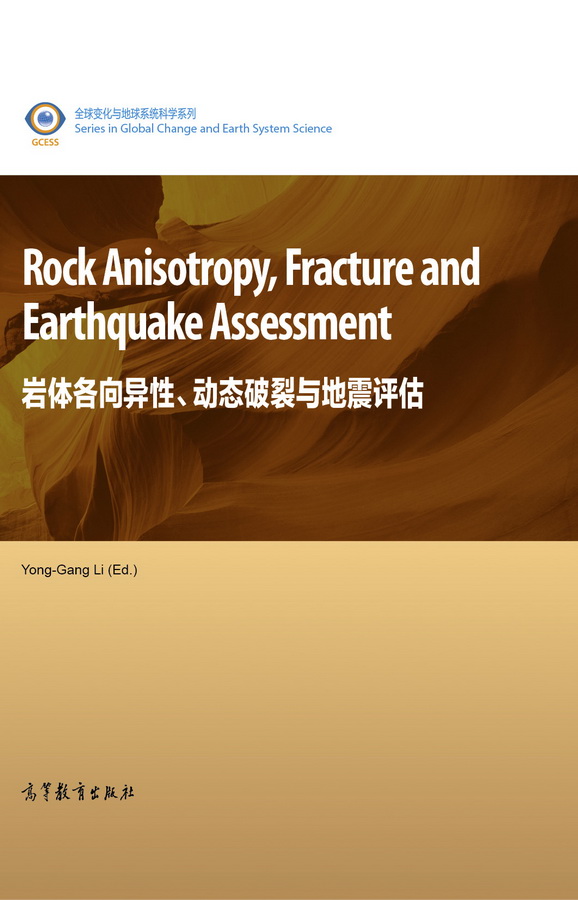Geometric Structure of High-Dimensional
作者: Jianzhong,Wang
出版时间:2012-01-09
出版社:高等教育出版社
- 高等教育出版社
- 9787040317046
- 1版
- 410229
- 平装
- 16开
- 2012-01-09
- 540
- 356
Many objects in our world can be electronically represented with high-dimensional data- speech signals, images, videos, electrical text often need to analyze a large amount of data and process them. However,due to the high dimension of these data, directly processing them using reg-ular systems may be too complicated and unstable to be feasible. In order toprocess high-dimensional data, dimensionality reduction technique becomescrucial. Dimensionality reduction is a method to represent high-dimensionaldata by their low-dimensional embeddings so that the low-dimensional data can be effectively used either in processing systems, or for better understand-ing. This technique has proved an important tool and has been widely used in many fields of data analysis, data mining, data visualization, and machine learning.
Front Matter
Chapter 1 Introduction
1.1 Overview of Dimensionality Reduction
1.2 High Dimension Data Acquisition
1.2.1 Collection of Images in Face Recognition
1.2.2 Handwriting Letters and Digits
1.2.3 Text Documents
1.2.4 Hyperspectral Images
1.3 Curse of the Dimensionality
1.3.1 Volume of Cubes and Spheres
1.3.2 Volume of a Thin Spherical Shell
1.3.3 Tail Probability of the Multivariate Gaussian Distributions
1.3.4 Diagonals of Cube
1.3.5 Concentration of Norms and Distances
1.4 Intrinsic and Extrinsic Dimensions
1.4.1 Intrinsic Dimension Estimation
1.4.2 Correlation Dimension
1.4.3 Capacity Dimension
1.4.4 Multiscale Estimation
1.5 Outline of the Book
1.5.1 Categories of DR Problems
1.5.2 Scope of This Book
1.5.3 Other Topics Related to This Book
1.5.4 Arti¯cial Surfaces for Testing DR Algorithms
References
Part I Data Geometry
Chapter 2 Preliminary Calculus on Manifolds
2.1 Linear Manifold
2.1.1 Subspace and Projection
2.1.2 Functions on Euclidean Spaces
2.1.3 Laplace Operator and Heat Diffusion Kernel
2.2 Differentiable Manifolds
2.2.1 Coordinate Systems and Parameterization
2.2.2 Tangent Spaces and Tangent Vectors
2.2.3 Riemannian Metrics
2.2.4 Geodesic Distance
2.3 Functions and Operators on Manifolds
2.3.1 Functions on Manifolds
2.3.2 Operators on Manifolds
References
Chapter 3 Geometric Structure of High-Dimensional Data
3.1 Similarity and Dissimilarity of Data
3.1.1 Neighborhood De¯nition
3.1.2 Algorithms for Construction of Neighborhood
3.2 Graphs on Data Sets
3.2.1 Undirected Graphs
3.2.2 Directed Graphs
3.2.3 Neighborhood and Data Graphs
3.3 Spectral Analysis of Graphs
3.3.1 Laplacian of Graphs
3.3.2 Laplacian on Weighted Graphs
3.3.3 Contracting Operator on Weighted Graph
References
Chapter 4 Data Models and Structures of Kernels of DR
4.1 Data Models in Dimensionality Reduction
4.1.1 Input Data of First Type
4.1.2 Input Data of Second Type
4.1.3 Constraints on Output Data
4.1.4 Consistence of Data Graph
4.1.5 Robust Graph Connection Algorithm
4.2 Constructions of DR Kernels
4.2.1 DR Kernels of Linear Methods
4.2.2 DR Kernels of Nonlinear Methods
4.2.3 Conclusion
References
Part II Linear Dimensionality Reduction
Chapter 5 Principal Component Analysis
5.1 Description of Principal Component Analysis
5.1.1 Geometric Description of PCA
5.1.2 Statistical Description of PCA
5.2 PCA Algorithms
5.2.1 Matlab Code for PCA Algorithm
5.2.2 EM-PCA Algorithm
5.2.3 Testing PCA Algorithm on Arti¯cial Surfaces
5.3 Applications of PCA
5.3.1 PCA in Machine Learning
5.3.2 PCA in Eigenfaces
5.3.3 PCA in Hyperspectral Image Analysis
References
Chapter 6 Classical Multidimensional Scaling
6.1 Introduction of Multidimensional Scaling
6.1.1 Data Similarities and Con¯guration
6.1.2 Classi¯cation of MDS
6.2 Euclidean Matric and Gram Matrices
6.2.1 Euclidean Distance Matrices
6.2.2 Gram Matrix on Data Set
6.2.3 Relation between Euclidean Distance and Gram Matrix
6.3 Description of Classical Multidimensional Scaling
6.3.1 CMDS Method Description
6.3.2 Relation between PCA and CMDS
6.3.3 Weighted Graphic Description of CMDS
6.4 CMDS Algorithm
References
Chapter 7 Random Projection
7.1 Introduction
7.1.1 Lipschitz Embeddings
7.1.2 JL-Embeddings
7.2 Random Projection Algorithms
7.2.1 Random Matrices and Random Projection
7.2.2 Random Projection Algorithms
7.3 Justi¯cation
7.3.1 Johnson and Lindenstrauss Lemma
7.3.2 Random Projection based on Gaussian Distribution
7.3.3 Random Projection based on Types 2 and 3
7.4 Applications of Random Projections
7.4.1 Face Recognition Experiments with Random Projection
7.4.2 RP Applications to Image and Text Data
References
Part III Nonlinear Dimensionality Reduction
Chapter 8 Isomaps
8.1 Isomap Embeddings
8.1.1 Description of Isomaps
8.1.2 Geodesic Metric on Discrete Set
8.1.3 Isomap Kernel and its Constant Shift
8.2 Isomap Algorithm
8.2.1 Algorithm Description
8.2.2 Matlab Code of Isomap
8.3 Dijkstra's Algorithm
8.3.1 Description of Dijkstra's Algorithm
8.3.2 Matlab Code of Dijkstra's Algorithm
8.4 Experiments and Applications of Isomaps
8.4.1 Testing Isomap Algorithm on Arti¯cial Surfaces
8.4.2 Isomap Algorithm in Visual Perception
8.4.3 Conclusion
8.5 Justi¯cation of Isomap Methods
8.5.1 Graph Distance, S-distance, and Geodesic Distance
8.5.2 Relation between S-distance and Geodesic Distance
8.5.3 Relation between S-distance and Graph Distance
8.5.4 Main Result
References
Chapter 9 Maximum Variance Unfolding
9.1 MVU Method Rescription
9.1.1 Description of the MVU Method
9.1.2 MVU Algorithm
9.2 Semide¯nity Programming
9.2.1 CSDP
9.2.2 SDPT3
9.3 Experiments and Applications of MVU
9.3.1 Testing MVU Algorithm on Arti¯cial Surfaces
9.3.2 MVU Algorithm in Sensor Localization
9.4 Landmark MVU
9.4.1 Description of Landmark MVU
9.4.2 Linear Transformation from Landmarks to Data Set
9.4.3 Algorithm for Landmark Linear Transformation
9.4.4 Construction of Kernel of Landmark MVU
9.4.5 Experiments of LMVU
9.4.6 Conclusion
References
Chapter 10 Locally Linear Embedding
10.1 Description of Locally Linear Embedding
10.1.1 Barycentric Coordinates
10.1.2 LLE Method
10.1.3 LLE Algorithm
10.2 Experiments and Applications of LLE
10.2.1 Experiments on Arti¯cial Surfaces
10.2.2 Conclusion
10.3 Applications of LLE
10.3.1 LLE in Image Ordering
10.3.2 Supervised LLE
10.4 Justi¯cation of LLE
10.4.1 Invariance Constraint
10.4.2 Condition for Weight Uniqueness
10.4.3 Reduction of the DR Data to LLE Model
References
Chapter 11 Local Tangent Space Alignment
11.1 Description of Local Tangent Space Alignment
11.1.1 Tangent Coordinates and Manifold Coordinates
11.1.2 Local Coordinate Representation
11.1.3 Global Alignment
11.2 LTSA Algorithm
11.2.1 LTSA Algorithm Description
11.2.2 Matlab Code of LTSA
11.3 Experiments of LTSA Algorithm
11.3.1 Test LTSA on Arti¯cial Surfaces
11.3.2 Conclusion
References
Chapter 12 Laplacian Eigenmaps
12.1 Description of the Laplacian Eigenmap Method
12.1.1 Approximation of Laplace-Beltrami Operator
12.1.2 Discrete form of Laplace-Beltrami Operator
12.1.3 Minimization Model for DR Data Set
12.1.4 Construction of General Leigs Kernels
12.2 Laplacian Eigenmaps Algorithm
12.2.1 Steps in Leigs Algorithm
12.2.2 Matlab Code of Leigs Algorithm
12.3 Implementation of Leigs Algorithm
12.3.1 Experiments on Arti¯cial Surfaces
12.3.2 Conclusion
References
Chapter 13 Hessian Locally Linear Embedding
13.1 Description of Hessian Locally Linear Embedding
13.1.1 Hessian on Manifold
13.1.2 Hessian on Tangent Space
13.1.3 Construction of Hessian Functional
13.1.4 Construct of HLLE DR Kernel
13.2 HLLE Algorithm
13.2.1 HLLE Algorithm Description
13.2.2 Matlab Code of HLLE
13.3 Implementation of HLLE
13.3.1 Experiments on Arti¯cial Surfaces
13.3.2 Conclusion
References
Chapter 14 Diffusion Maps
14.1 Description of DR Method of Diffusion Maps
14.1.1 Diffusion Operator on Manifold
14.1.2 Normalization of Diffusion Kernels
14.2 Diffusion Maps Algorithms
14.2.1 Dmaps DR Algorithm Description
14.2.2 Dmaps Algorithm of Graph-Laplacian Type
14.2.3 Dmaps Algorithm of Laplace-Beltrami Type
14.2.4 Dmaps Algorithm of Self-tuning Type
14.3 Implementation of Dmaps for DR
14.3.1 Implementation of Dmaps of Graph-Laplacian Type
14.3.2 Implementation of Dmaps of Laplace-Beltrami Type
14.3.3 Implementation of Dmaps of Self-turning Type
14.3.4 Conclusion
14.4 Diffusion Maps and Multiscale Diffusion Geometry
14.4.1 Construction of General Diffusion Kernels
14.4.2 Diffusion Distances
14.4.3 Diffusion Maps as Feature Extractors
14.5 Implementation of Dmaps for Feature Extraction
14.5.1 Feature Extracted from 3-dimensional Toroidal Helix
14.5.2 Reordering Face Images
14.5.3 Image Parameters Revealing
14.5.4 Feature Images of Hyperspectral Image Cube
References
Chapter 15 Fast Algorithms for DR Approximation
15.1 Low-rank Approximation and Rank-revealing Factorization
15.1.1 Rank-revealing Factorization
15.1.2 Fast Rank-revealing Algorithms
15.1.3 NystrÄom Approximation
15.1.4 Greedy Low-rank Approximation
15.2 Randomized Algorithm for Matrix Approximation
15.2.1 Randomized Low-rank Approximation
15.2.2 Randomized Interpolative Algorithm
15.2.3 Randomized SVD Algorithm
15.2.4 Randomized Greedy Algorithm
15.3 Fast Anisotropic Transformation DR Algorithms
15.3.1 Fast Anisotropic Transformation
15.3.2 Greedy Anisotropic Transformation
15.3.3 Randomized Anisotropic Transformation
15.3.4 Matlab Code of FAT Algorithms
15.4 Implementation of FAT Algorithms
15.4.1 FAT DR of Arti¯cial Surfaces
15.4.2 Application of FAT to Sorting Image Datasets
15.4.3 Conclusion
15.5 Justi¯cation
15.5.1 Main Proof of Theorem
15.5.2 Lemmas Used in the Proof
References
Appendix A Differential Forms and Operators on Manifolds
A.1 Differential Forms on Manifolds
A.2 Integral over Manifold
A.3 Laplace-Beltrami Operator on Manifold
Index

